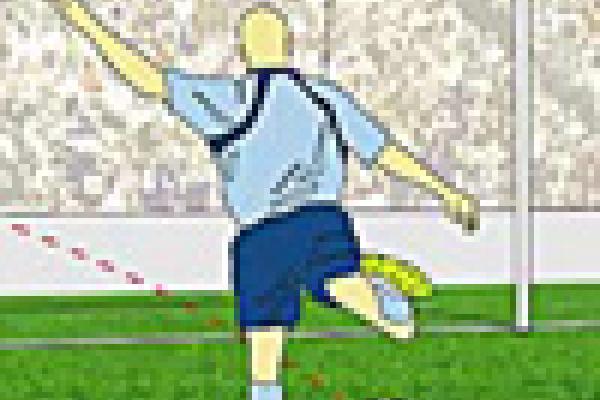News story

Hitting the spot
What's the best spot to aim a penalty at?


This is the second part of our new column on risk and uncertainty. David Spiegelhalter, Winton Professor for the Public Understanding of Risk at the University of Cambridge, continues examining league tables using the Premier League as an example. Find out just how much — or how little — these simple rankings can tell you.